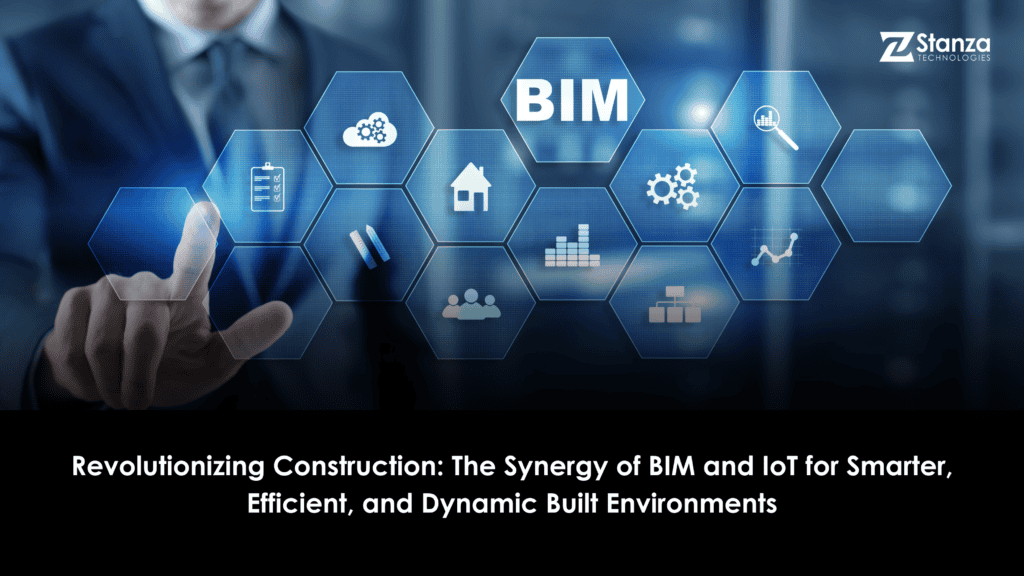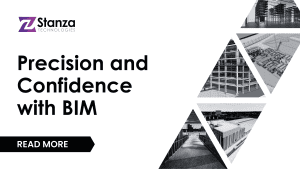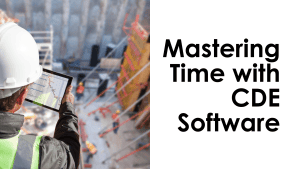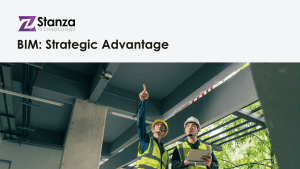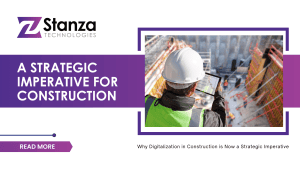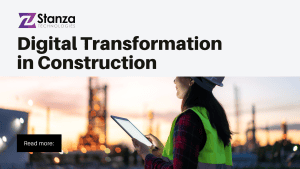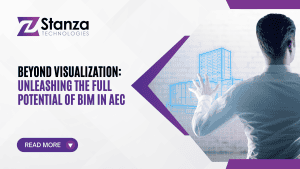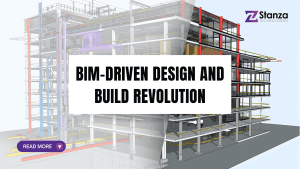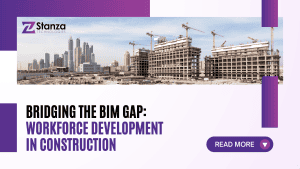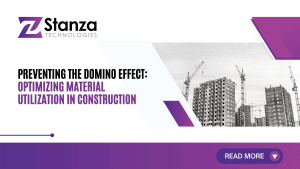In the dynamic realm of construction, two cutting-edge technologies have emerged as game-changers: Building Information Modeling (BIM) and the Internet of Things (IoT).
BIM is not just a tool but a cornerstone of modern construction practices that offers a digital platform for architects, engineers, and builders to collaborate and manage every project facet. Beyond mere visualization, BIM is a comprehensive repository of building data, enabling stakeholders to simulate, analyze, and optimize designs before construction commences. Its widespread adoption has reshaped the industry, not just by driving efficiency, reducing errors, and enhancing project outcomes but also by placing the power of innovation and improvement in the hands of every professional in the construction industry.
Meanwhile, the IoT revolutionizes how we interact with the built environment. At its core, IoT comprises a network of interconnected devices and sensors embedded within buildings, infrastructure, and urban spaces. These devices collect and transmit data in real-time, empowering buildings to adapt, respond, and optimize operations based on changing conditions. From smart thermostats that regulate temperature to occupancy sensors that manage lighting, IoT transforms static structures into dynamic, responsive entities.
The synergy between BIM and IoT is not just a theoretical concept but a practical solution that holds immense promise for the construction industry. By integrating IoT sensor data into the BIM environment, stakeholders gain not just insights but actionable intelligence into building performance and behavior. Imagine architects designing spaces that respond intelligently to occupant needs, engineers optimizing systems for energy efficiency, and builders coordinating construction activities with precision—all guided by real-time data streamed from IoT sensors. This is not a distant future but a reality that is within our reach.
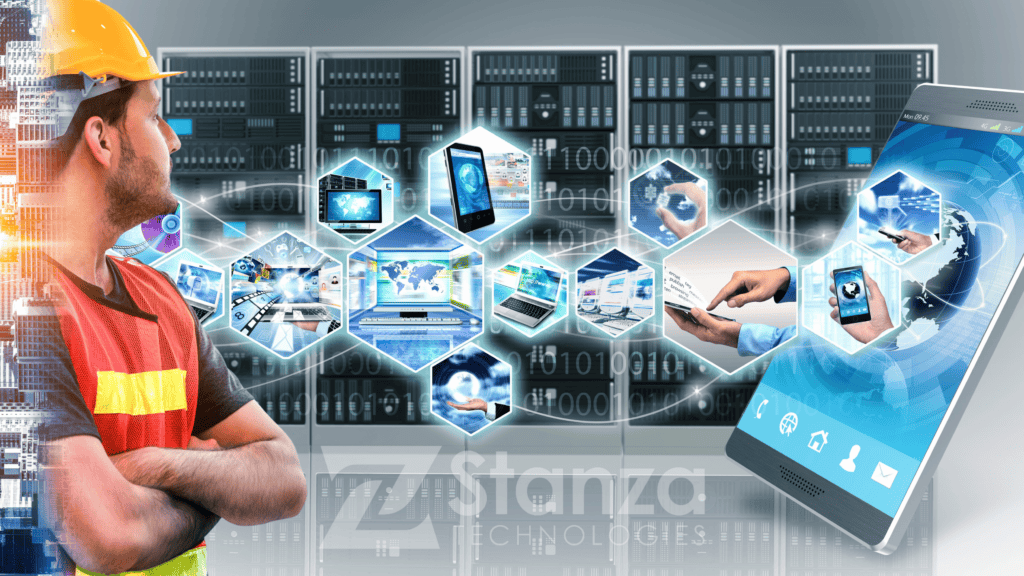
The benefits of BIM-IoT integration are manifold. It means greater creativity and control over building performance for architects and designers. Engineers can leverage real-time sensor data to fine-tune systems for optimal performance, ensuring that buildings operate efficiently throughout their lifecycle.
Improved project coordination and management benefit construction teams. IoT sensors track progress, monitor resources, and detect potential issues, enabling proactive decision-making and risk mitigation. Builders can optimize schedules, minimize delays, and ensure quality control, leading to faster project delivery and reduced costs.
Facility managers stand to gain the most from BIM-IoT integration. They can optimize building operations and maintenance by harnessing IoT data within the BIM model. Predictive analytics can identify equipment failures before they occur, preventive maintenance schedules can be optimized based on real-time performance data, and occupant experiences can be personalized to enhance comfort and productivity.
Ultimately, the convergence of BIM and IoT is not just a technological advancement but a transformative force that promises to revolutionize how we design, build, and inhabit our built environment. As we continue to explore the possibilities of this powerful synergy, one thing is clear: the future of construction is not just smarter, more efficient, and more connected but also filled with endless possibilities and exciting opportunities.
